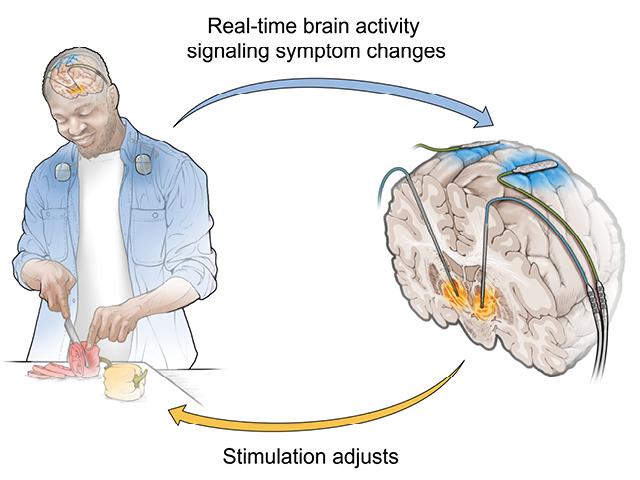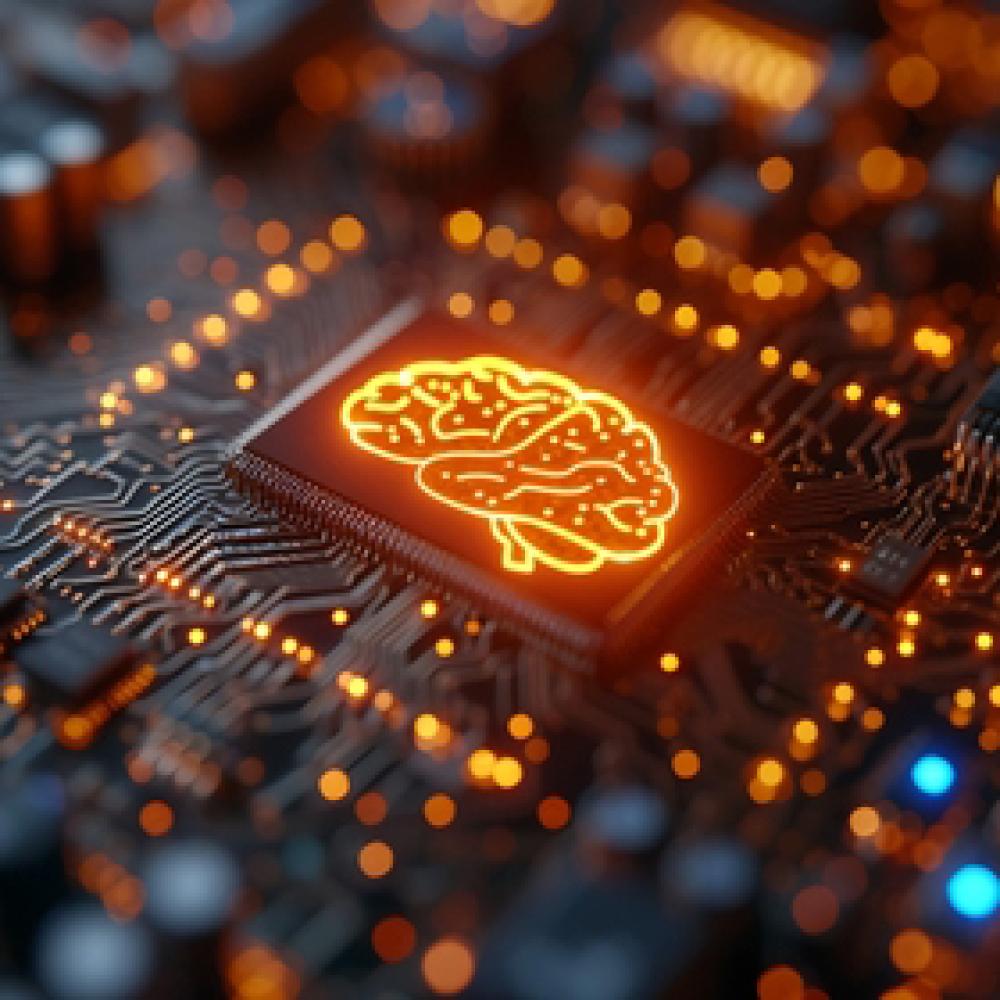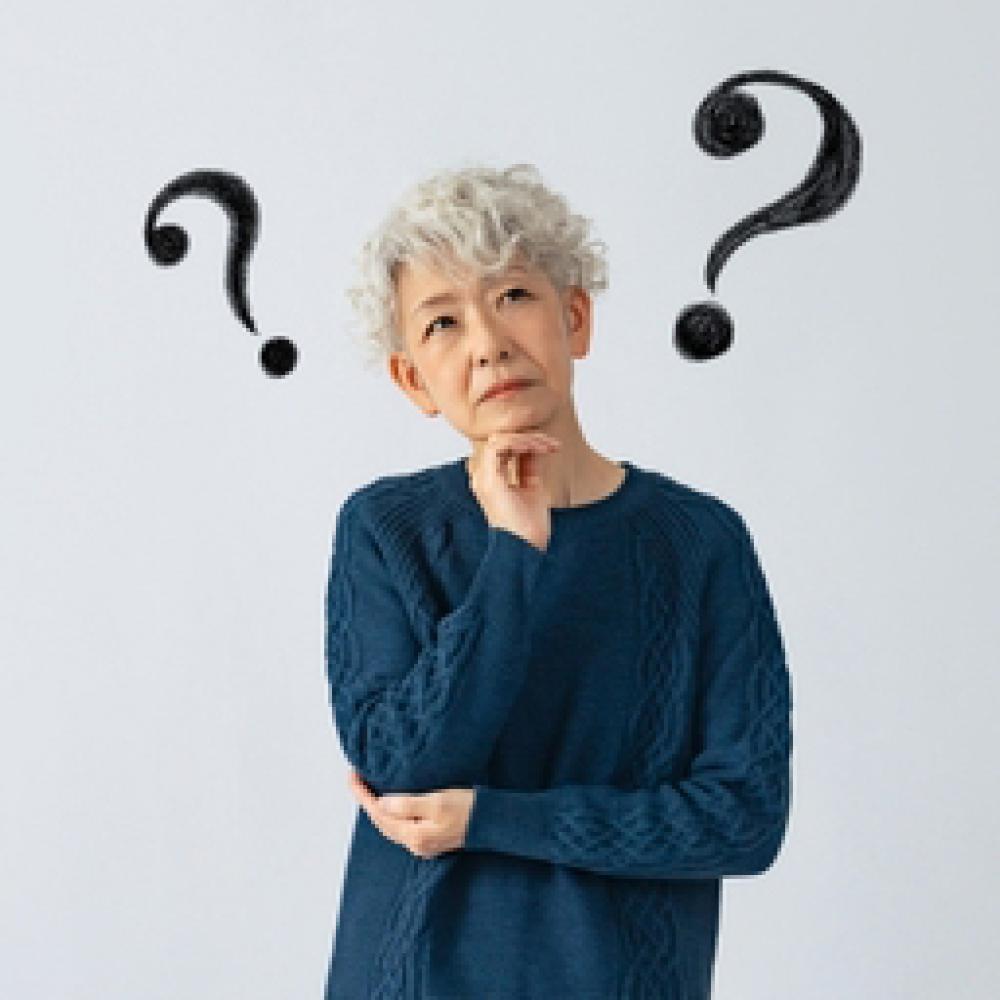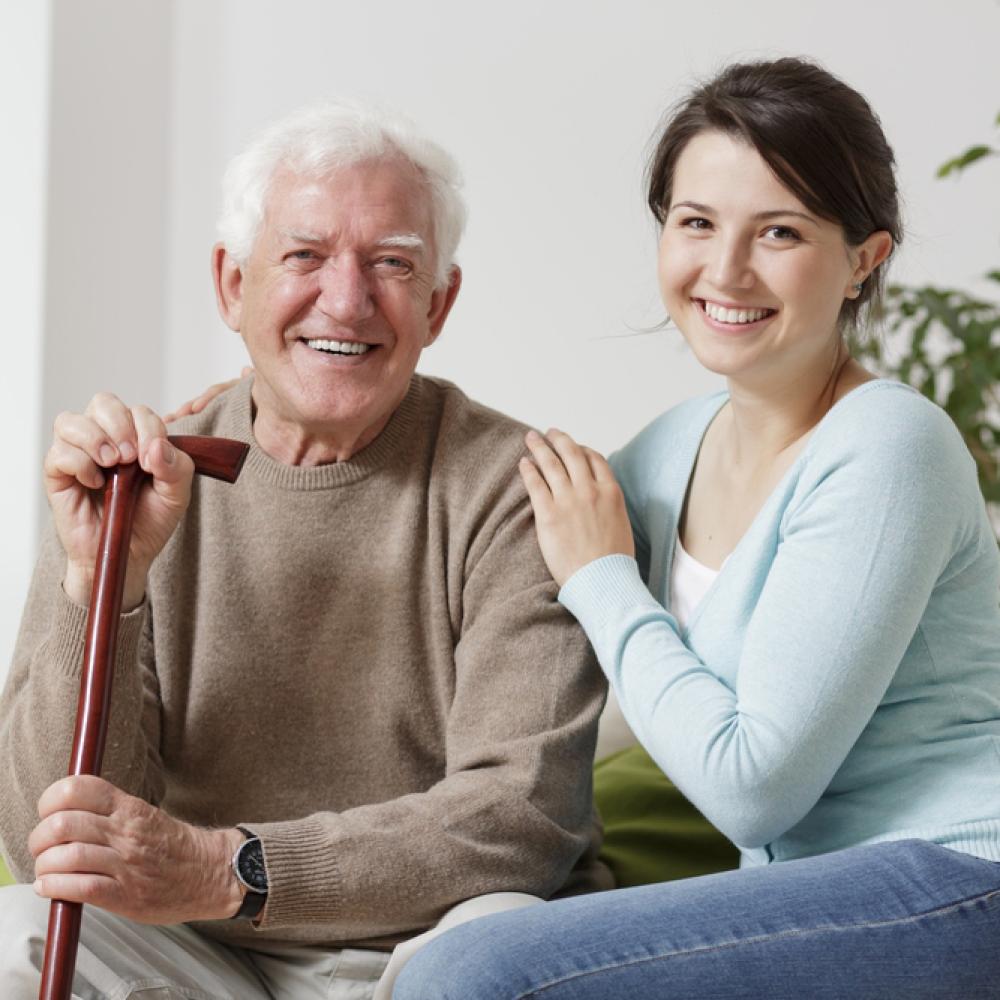
Targeting non-motor symptoms in Parkinson's disease
Historically, research on Parkinson’s disease has primarily focused on motor symptoms such as slowness and tremor. However, up to 80% of patients also experience non-motor symptoms, including apathy, anxiety, and cognitive challenges, which can have an even greater impact on their quality of life, as well as on their caregivers. Despite their prevalence, the underlying brain networks responsible for these non-motor symptoms are not well understood, and treatment options remain limited. We aim to understand the neural basis of these symptoms and develop new treatment strategies.

Adaptive deep brain stimulation
Adaptive deep brain stimulation is a cutting-edge treatment for Parkinson's disease that adjusts brain stimulation in real-time based on the patient's needs. Unlike traditional DBS, which delivers a constant level of stimulation, adaptive stimulation can sense changes in the brain's activity and automatically increase or decrease the stimulation to better control symptoms like slow movement. This approach is tailored to each individual patient's needs and aims to improve the quality of life for people with Parkinson's disease by providing more individualized and responsive treatment.



